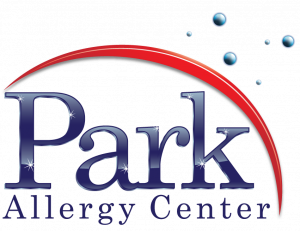With the arrival of winter, there are several things to consider if you have allergies. First, if you haven’t done it already, now is a good time to change the filter on your furnace. Dust has likely accumulated in your furnace for 6 months and old filters, burdened with a large dust load, do not filter as well as new, clean ones.
Outdoor allergies resolve in the winter but indoor allergies usually worsen. The most common indoor allergies are cat, dog and other furry animals. Dust mite allergy also tends to worsen in the winter.

Humidity is something that tends to confuse most people. I often see patients who use a steamer or humidifier thinking it will decrease their “allergies.” But if cat and dog are the main indoor allergens, how will a humidifier improve pet allergies? The answer is they won’t. Do they help dust mite allergy? No, just the opposite. One of the ways to control dust mite population is to keep the humidity low, not high. Two things that are helped by using a humidifier in the winter are dry nasal passages and dry skin. Many patients with allergies also have eczema. Dry skin usually results in a flare of eczema. So, using a humidifier in the winter can help eczema. It can also help a dry nose. Using a water based lubricant for the nasal passages is another way to improve dry nostrils in the winter. A good rule of thumb is to keep the humidity below 50%, whether it is summer or winter.
During the holiday season, many people get live Christmas trees. Unfortunately, these trees tend to have a lot of mold on them. Since Christmas trees do not pollinate in the winter, and definitely do not pollinate in your living room, the increase in symptoms that occur once the Christmas tree is put up and decorated is usually caused by the mold. If you have significant mold allergies, it would be best to use an artificial Christmas tree.
Michael Park, MD

